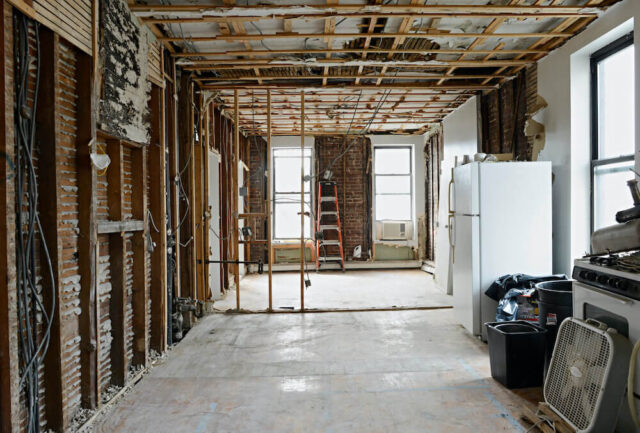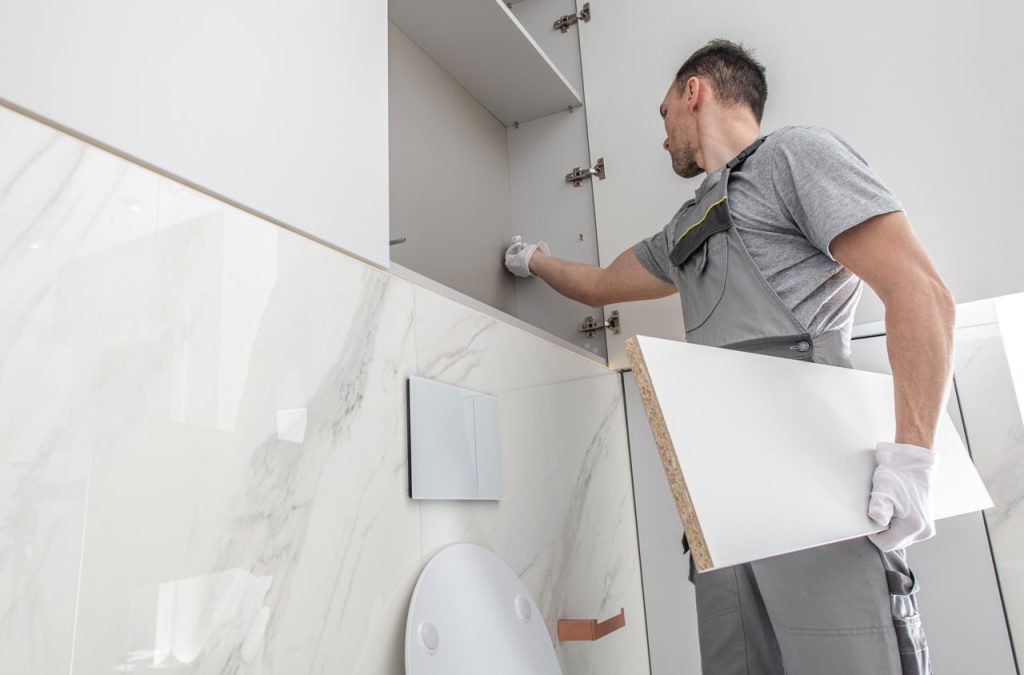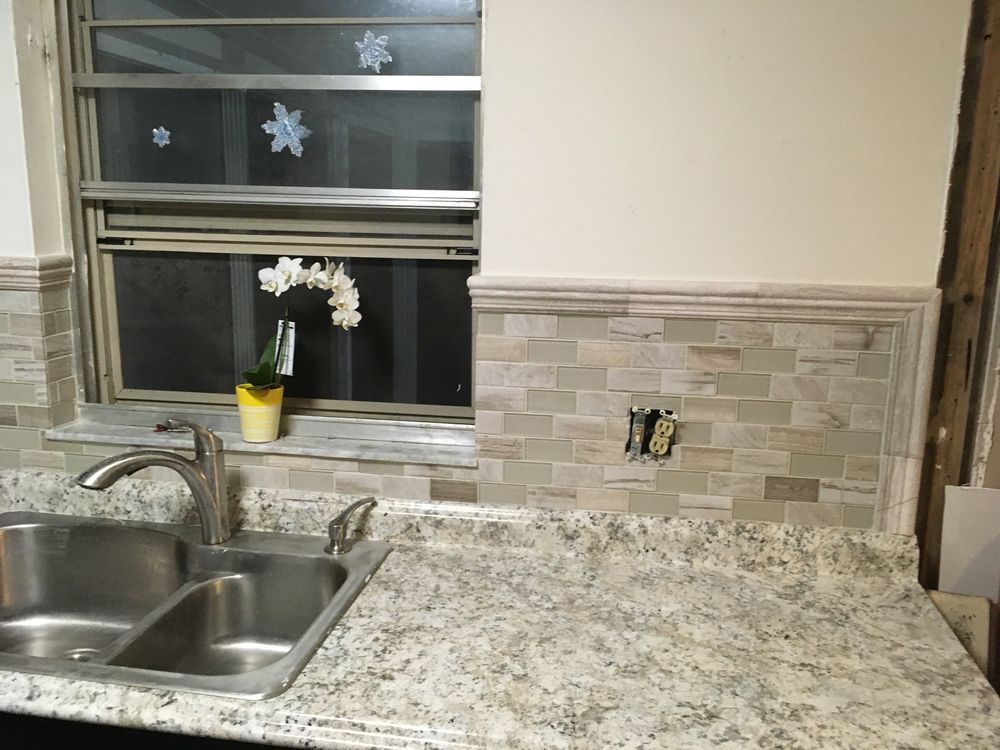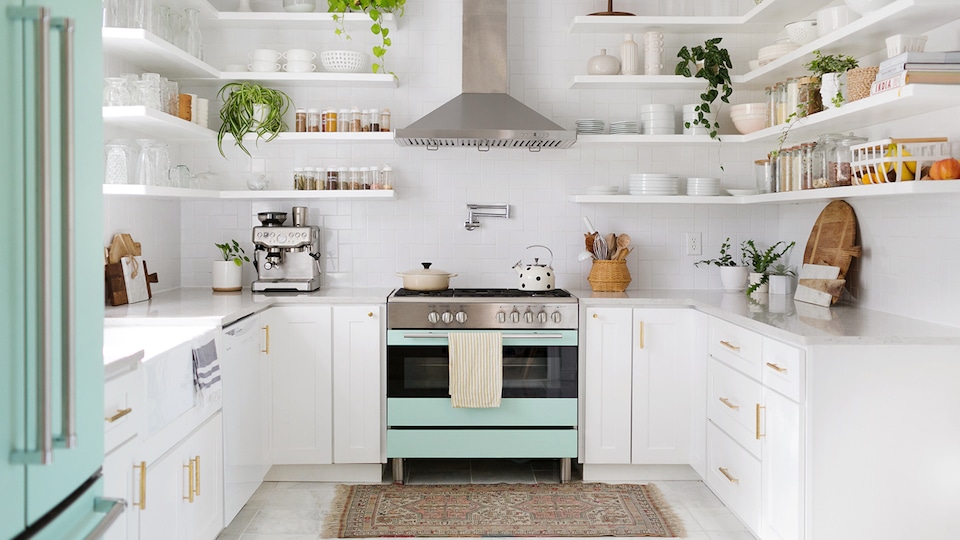
Home remodeling is an exciting journey, transforming your living space into a reflection of your personal style and functional needs. However, embarking on this renovation adventure can often feel daunting—especially when it comes to budgeting.
With variations in materials, labor costs, and unforeseen complications, understanding how much to allocate for your project is crucial. From kitchen upgrades to bathroom retreats and open-concept living spaces, each choice influences the final price tag.
In this article, we’ll delve into the intricacies of home remodeling costs, empowering you to navigate your budget with confidence and clarity. Prepare to uncover the essential factors that could shape your financial expectations and explore useful strategies that can help you achieve your dream home without breaking the bank.
Factors Influencing Remodeling Expenses

Numerous factors converge to shape the expenses associated with home remodeling, each adding its unique weight to the overall budget. First and foremost are the scope and complexity of the project; a single-bathroom upgrade differs vastly in cost from a complete home renovation. The choice of materials can dramatically sway expenses; opting for high-end finishes like quartz countertops can elevate costs, while more economical choices keep budgets in check.
Labor costs vary widely depending on your location, the expertise of the contractors, and the duration of the project. Additionally, unforeseen issues—think of hidden water damage or outdated wiring—can inflate budgets unexpectedly.
Dont forget about permits and inspections, which, while essential for compliance and safety, can add to your financial commitments. Altogether, these elements weave a complex tapestry that dictates how much you’ll ultimately spend on your remodeling dreams.
Common Home Remodeling Projects and Their Costs

When contemplating home remodeling, understanding the scope of common projects and their associated costs can significantly shape your budget. Kitchen remodels, often at the heart of family life, can range from $15,000 for cosmetic upgrades to over $50,000 for a complete overhaul, depending on the materials and layout changes. Bathrooms, too, can eat up a sizable chunk of change; a mid-range remodel typically hovers between $10,000 to $25,000, but luxury upgrades can push that figure north of $40,000.
Major enhancements like adding a room or even a second story? Those ambitious endeavors can easily escalate into the six-figure realm. And don’t forget about curb appeal—updates such as siding replacement or window replacements might start around $5,000 but could climb significantly based on your choices.
Ultimately, knowing these figures helps you prioritize projects, prepare for investment, and navigate the exciting yet complex journey of transforming your space.
Budgeting Strategies for Your Remodeling Project

When embarking on a home remodeling project, crafting a solid budget is essential. Start by determining a clear vision of your goals: whether it’s a modern kitchen overhaul or a serene bathroom retreat.
Factor in the costs of materials, labor, and permits, but don’t forget about the unexpected expenses that often sneak up on homeowners. It’s wise to allocate an additional 10-20% for contingencies to safeguard against surprises.
Explore various financing options and prioritize your remodel phases to manage cash flow effectively. Also, consider sourcing materials from local suppliers or opting for more sustainable choices, which can save money while enhancing the project’s uniqueness.
Balancing ambition with realistic expectations will set the stage for a successful transformation that aligns with your financial framework and aesthetic desires.
Conclusion
In conclusion, understanding home remodeling costs is essential for effective budgeting and decision-making in your renovation journey. By considering factors such as project type, materials, labor, and potential unexpected expenses, homeowners can better prepare for the financial commitment involved.
As you embark on your home renovation, having a clear framework for your budget will not only help you manage your expenses but also ensure that your vision transforms into reality without unnecessary stress. With careful planning and realistic expectations, you can create a space that enhances both your home’s value and your quality of life.



